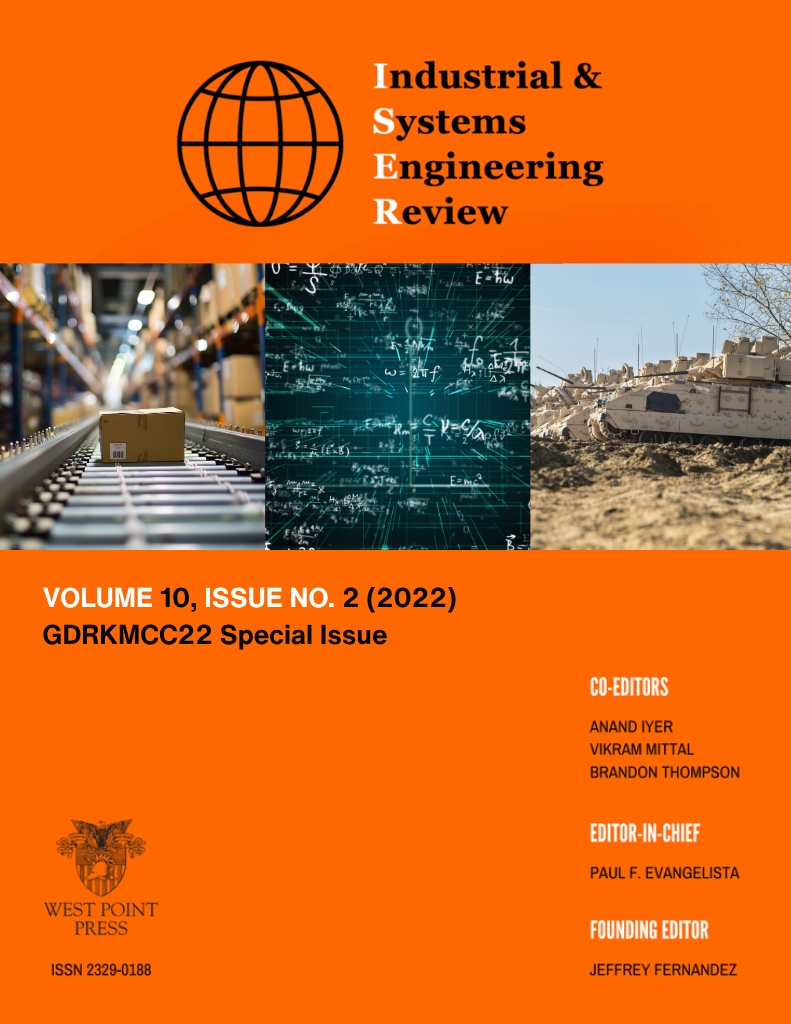Predicting Undergraduate RPA Training (URT) Student Performance
Main Article Content
Research
Undergraduate RPA Training, GPA, PCSM, STEM, Private Pilot's License
Abstract
This project is in conjunction with the 558th Flying Training Squadron, the only Undergraduate Remotely Piloted Aircraft (RPA) Training (URT) squadron. The 558th is currently seeing a trainee failure rate of approximately 6%. The project team aims to predict student performance at URT using econometric regression strategies analyzing initial student data for selected trainees and identifying at-risk students early in the training timeline. The 558th seeks to enhance the performance of their trainees by identifying student trends indicative of success and failure prior to URT, enabling them to provide attention and resources to students in need. The team’s goal is to provide the 558th with information that will help them reduce the failure rate at URT without requiring additional funding. It was determined that GPA, PCSM, STEM, and Private Pilot’s License (PPL) status to be significant indicators of student success.








